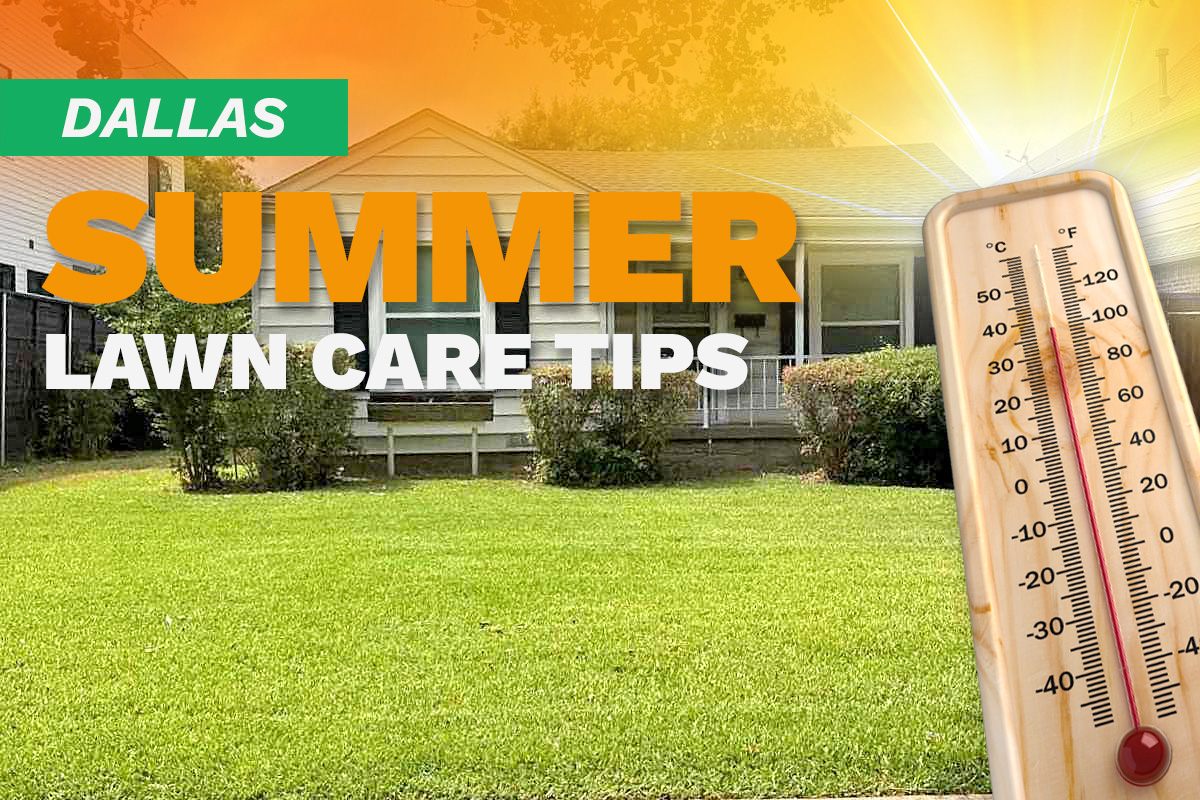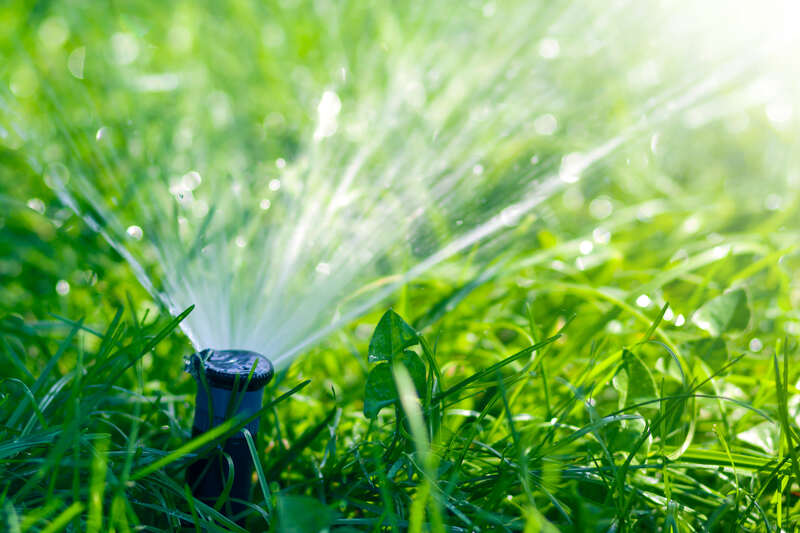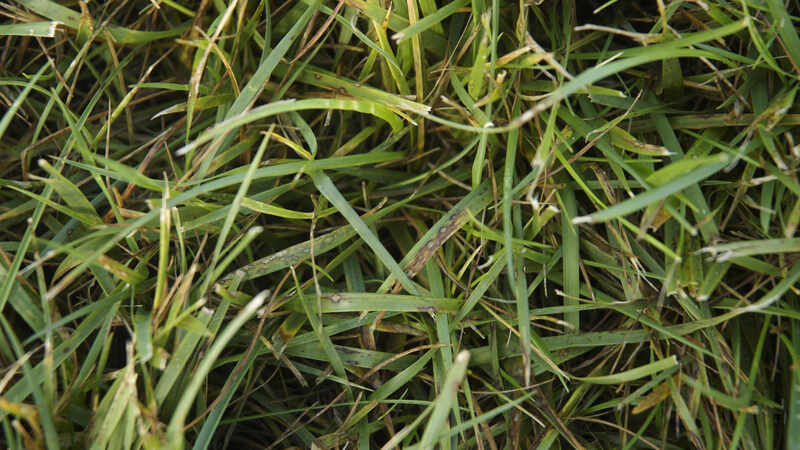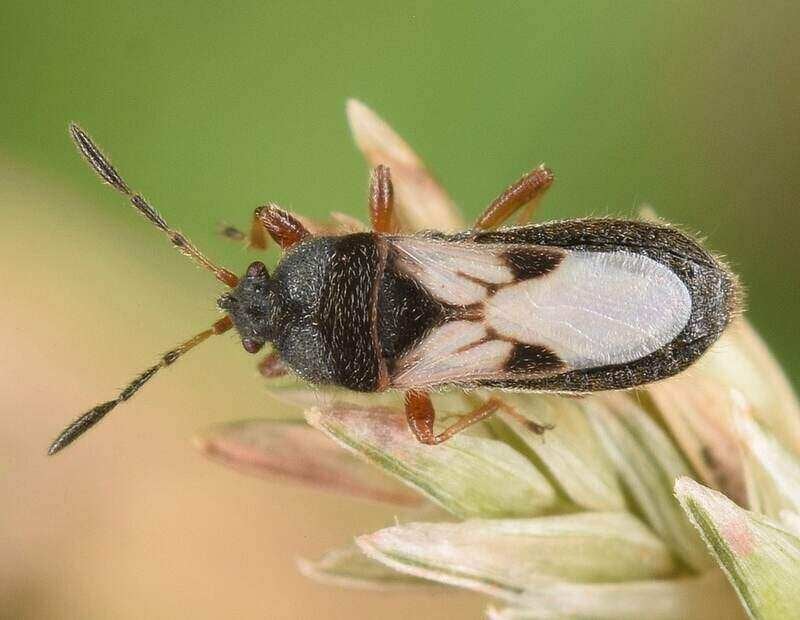
In the midst of a Dallas summer, good lawn care practices, such as proper watering and mowing taller, are ways you can ensure your lawn survives the sweltering heat.
Texas summers in Dallas often bring record-setting heat that lasts for weeks. That’s why we have a list of ways that you can ensure your lawn stays green and healthy throughout the intense summer growing season.
- 1. Water at the Right Time
- 2. Water the Right Amount
- 3. Water the Right Way for Dallas Clay Soils
- 4. Keep Mower Blades Sharp in Summer
- 5. Implement Good Summer Mowing Techniques
- 6. Reduce Foot Traffic in Summer
- 7. Mulch Your Grass Clippings
- 8. Control Summer Lawn Diseases and Weeds
- 9. Watch Out for Summer Lawn Pests
1. Water at the Right Time
The best time to water your Dallas lawn with a sprinkler system is between 5 a.m. and 9 a.m. Watering on humid evenings can leave the lawn wet overnight and invite pests and fungal diseases.
Remember the City of Dallas’s summer watering restrictions as you create a watering schedule for your lawn, which prohibit watering your lawn between 10 a.m. and 6 p.m.
How often should you water your lawn? Water twice weekly on your assigned watering days to grow strong, healthy roots.
Dallas Pro Tip (from Jose Tovar of Tovar Landscaping): I water my lawn early morning because it reaches the roots, and it doesn’t evaporate too quickly.
See Related:
2. Water the Right Amount

Due to the length and intensity of summers in Texas, even the most drought-resistant grass species will require occasional irrigation. An inch of water per week (including rainfall) is ideal for most of Dallas’s grass types.
Use the catch can test to measure how much water your sprinklers are putting out per session to determine how long to run your sprinklers.
3. Water the Right Way for Dallas Clay Soils
The most common soil in Dallas is Houston Black soil, an alkaline and clay-heavy soil. Clay soils like Houston Black are slow to absorb water, although they also retain water longer than other soil types.
Here are two options for how to water lawns on clay soils:
- Water slowly over a long duration to give the soil time to absorb the water.
- Set your irrigation controller to run a cycle and soak program. This means your system applies a little water, then turns the sprinklers off and waits for the soil to absorb it before running additional cycles.
Check out this video from Forth Worth Water to learn more about this effective, water-saving method:
Loamy soil, a mixture of clay, sand, and silt, is also common in the Dallas area. Loamy soil needs moderate amounts of water since it doesn’t retain water as long as clay soils.
See Related: How Long to Water Your Lawn in Summer
4. Keep Mower Blades Sharp in Summer
The sharpness of your mower blades is critical year-round, but it becomes especially crucial in the summertime. Mowing grass with a dull lawn mower blade will only add to the stress on the grass.
Dull blades tear grass instead of cutting it, which causes greater water loss and leaves grass vulnerable to pests and diseases.
See Related:
5. Implement Good Summer Mowing Techniques

Here are some mowing tips that will help your lawn survive the summer:
- Mow higher during summer. Higher grass develops stronger roots and shades the soil, which helps it retain moisture.
- Don’t mow during the heat of the day. The afternoon heat isn’t safe for you and it stresses your grass. During a drought, you may not need to mow your lawn as frequently.
- Follow the one-third mowing rule: Mow the grass regularly enough so that you never remove more than one-third of the length of the grass blades in a single mowing session.
- Don’t cut your grass short in hot weather. The rule of thumb is to mow your lawn roughly 1/2 inch higher than normal during the hot summer months.
Dallas Pro Tip (from Cole Duncan of Lone Star Mow Co. of Fort Worth): It’s very important to know how to cut your grass at the correct height.
The optimal mowing height varies with the grass type being cut:
| Type of grass | Regular height | Summer Height |
| Bermudagrass | 1 to 2 inches | 1.5 to 2.5 inches |
| Centipedegrass | 1 to 2 inches | 1.5 to 2.5 inches |
| St. Augustinegrass | 2.5 to 3 inches | 3 to 3.5 inches |
| Zoysiagrass | 1 to 2.5 inches | 1.5 to 3 inches |
6. Reduce Foot Traffic in Summer
Grass that is regularly trampled underfoot will be more likely to suffer in drought conditions. To ensure your Dallas lawn survives the summer temperatures, stay off the grass — that includes people and pets — as much as possible during the summer months.
7. Mulch Your Grass Clippings
During the hot summer months, you can amend your soil by leaving grass clippings on your lawn to break down over time, improving the soil structure and its ability to hold water. It also shades the soil in the Texas heat and acts as a natural fertilizer.
Dallas Pro Tip (from Bradley Rearden of Rearden Landscape and Maintenance of Midlothian): The secret to a perfect lawn is to keep up with your mowing schedule and not bag your clippings. Spread grass clippings on the lawn instead. Grass clippings make the best fertilizer.
8. Control Summer Lawn Diseases and Weeds

Turfgrass diseases and weeds are symptoms of a larger problem with your lawn maintenance and can further weaken your lawn in summer.
Diseases: Here’s how to prevent and control two common summer lawn diseases that might afflict your Dallas lawn:
- Gray leaf spot can be dealt with by keeping your lawn mowed and bagging clippings until the disease is gone. Don’t apply nitrogen fertilizers during the summer months. Severe infestations require a fungicide treatment. St. Augustinegrass is especially susceptible to gray leaf spot.
- Take-all root rot thrives in the summer months. The best way to get rid of it is with good lawn care practices, such as proper mowing, watering, and dethatching. The key is to cultivate robust grass with healthy root development.
Weeds: Summer weeds can encourage the growth of lawn diseases and may devastate the lawn by depriving it of essential nutrients, water, and sunlight.
To get rid of weeds in your yard, hand-pull them or purchase post-emergent herbicides at your local retailer. Keep in mind that some herbicide products should only be applied when the temperature is under 85 degrees F; otherwise, they may damage your grass.
See Related:
- Guide to Weed Control in Your Yard
- How to Prevent Weeds from Growing in Your Lawn
- How Much Does Weed Control Cost?
9. Watch Out for Summer Lawn Pests

Plenty of pests hide from the heat of the Texas sun, seeking shaded areas under decks and logs. But fire ants, chinch bugs, and white grubs are sun-loving Dallas landscape pests that can wreak havoc on your warm-season turfgrass.
Here’s how to deal with these common Dallas lawn pests:
- Chinch bugs: St. Augustinegrass is particularly susceptible to chinch bug invasions.The best way to get rid of chinch bugs is with sprays or granules applied to the affected areas.
- Fire ants: The best way to get rid of fire ants is to use the Texas two-step method anytime from late August to mid-October. The first step is to broadcast pesticides around the yard. The second step is to treat the ant mounds.
- White grubs: The best time to treat white grubs is in early or mid July, when small grubs are still close to the surface and thus more susceptible to insecticides.
For help getting rid of these summer pests, reach out to a Dallas lawn treatment professional.
See Related: 6 Signs Your Lawn Has Grubs
Make Lawn Care Easy: Hire a Dallas Lawn Care Pro

The best way to help your lawn survive the Dallas heat is to provide consistent irrigation, mow your lawn to the right height, and mulch the grass with each mow. If you want a beautiful lawn this summer, LawnStarter’s Dallas lawn care pros can take this sweaty summer chore off your to-do list.
LawnStarter also offers weed control, lawn disease treatments, and lawn pest control. It’s easy to add these services to your lawn mowing service if and when you need them.
Our lawn care services don’t stop within the Dallas city limits. LawnStarter has pros in Irving, Arlington, Richardson, Plano, and all across the DFW area. With our app, you can click, call, or book LawnStarter’s lawn care services with the touch of a button.
Read More:
Sources:
- “Bermudagrass Home Lawn Management Calendar.” By Casey Reynolds, turfgrass researcher, and Matt Elmore, AgriLife Extension turfgrass specialist. Texas A&M AgriLife Extension.
- “Chinch Bugs in St. Augustine Lawns.” By Elizabeth Wilkinson, DCMG Help Desk Team. Dallas County Master Gardener Association.
- “City of Dallas Water Conservation Ordinance.” Dallas Water Utilities.
- “Frequently Asked Questions.” Dallas Water Utilities.
- “Gray Leaf Spot.” Texas A&M AgriLife Extension.
- “Simple Steps to Lawn Care.” Texas A&M AgriLife Extension.
- “Soil Preparation.” By Joseph Masabni, professor and Extension specialist. Texas A&M AgriLife Extension.
- “Testing Soil Nutrient Levels.” By Rick Coke. Dallas County Master Gardener Association.
- “Texas Lawn Companion.” By Becky Grubbs-Bowling, assistant professor and turfgrass Extension specialist, Chrissie Segars, assistant professor and Extension turfgrass specialist, and Will Bowling, graduate research assistant. Texas A&M AgriLife Extension.
- “Two-Step Method.” Texas A&M.
- “A Watering Guide for Texas Landscapes.” Texas Water Development Board.
- “White Grub Worms.” Dallas County Master Gardener Association.
Main Image: Lawn mowed by a LawnStarter pro in Dallas, TX. Illustration by Whitney Lehnecker / LawnStarter